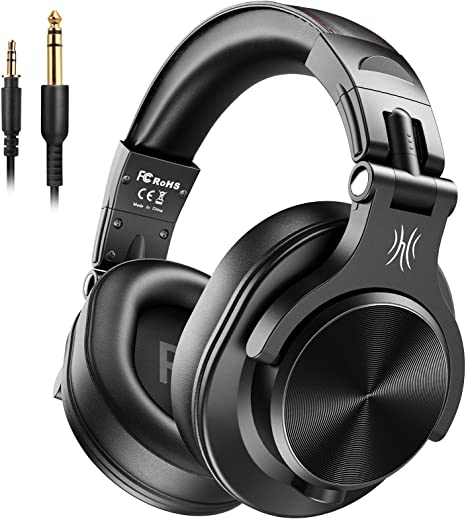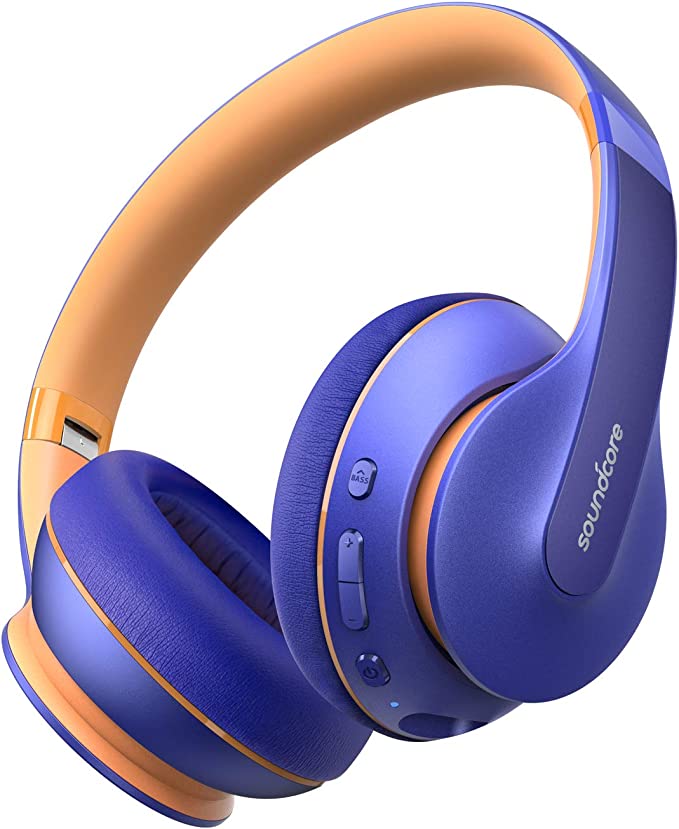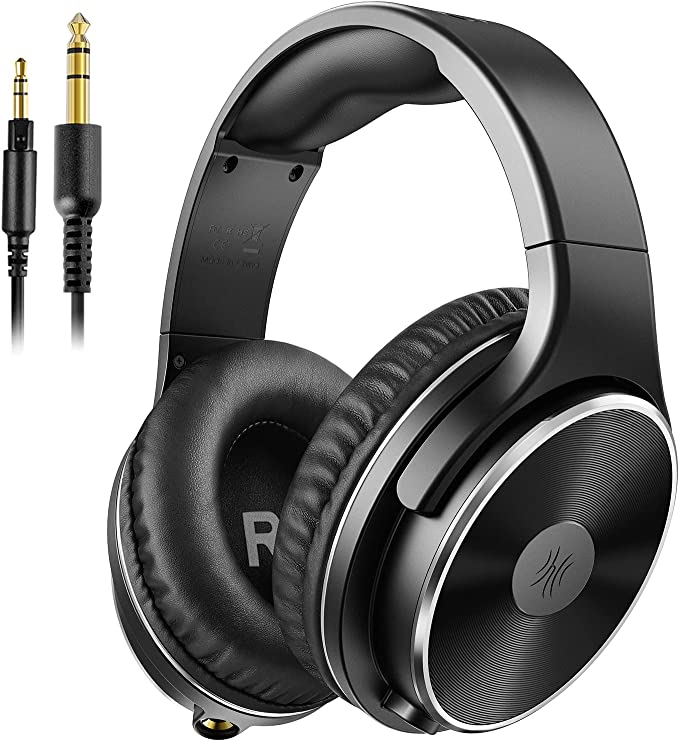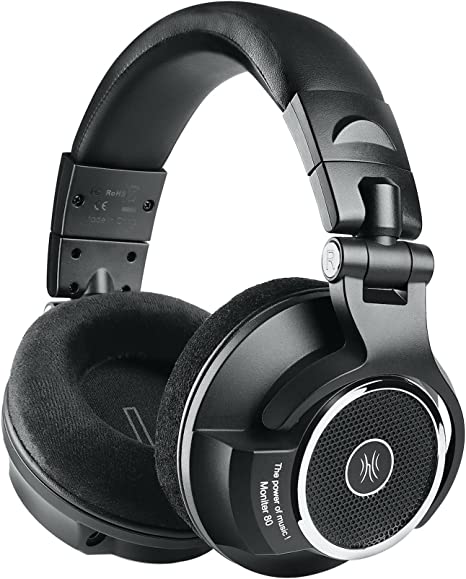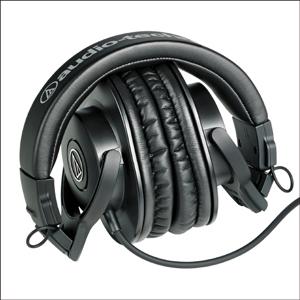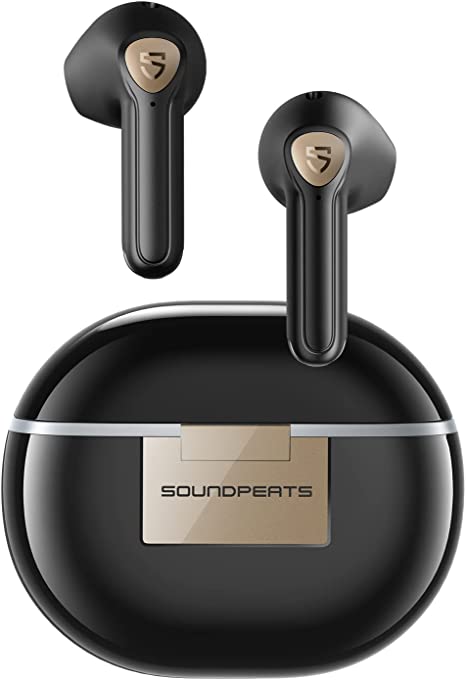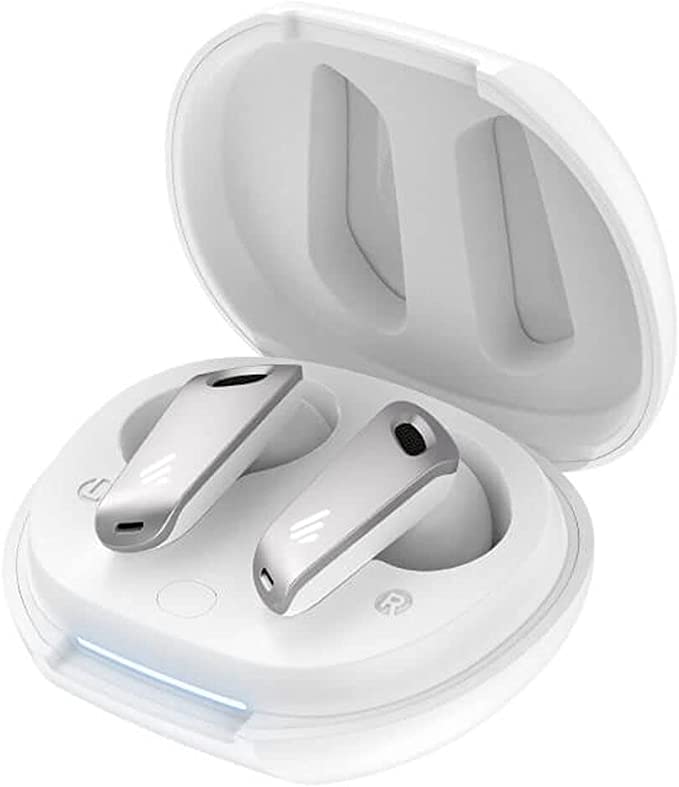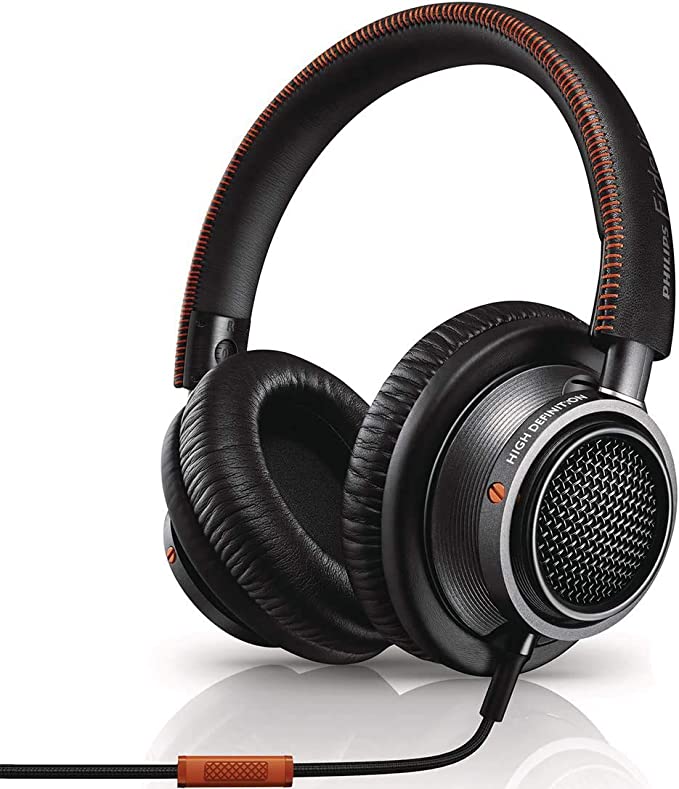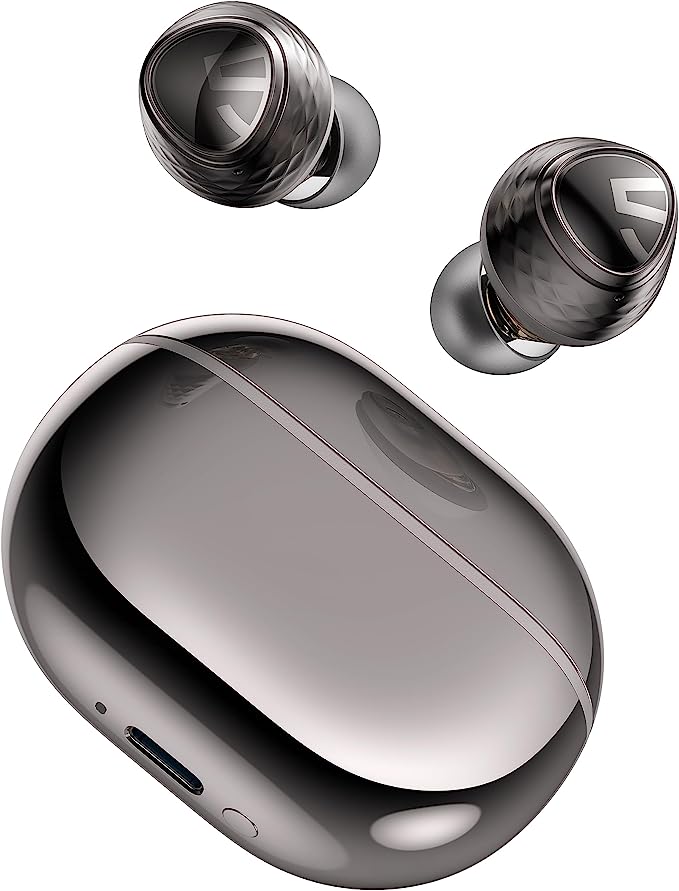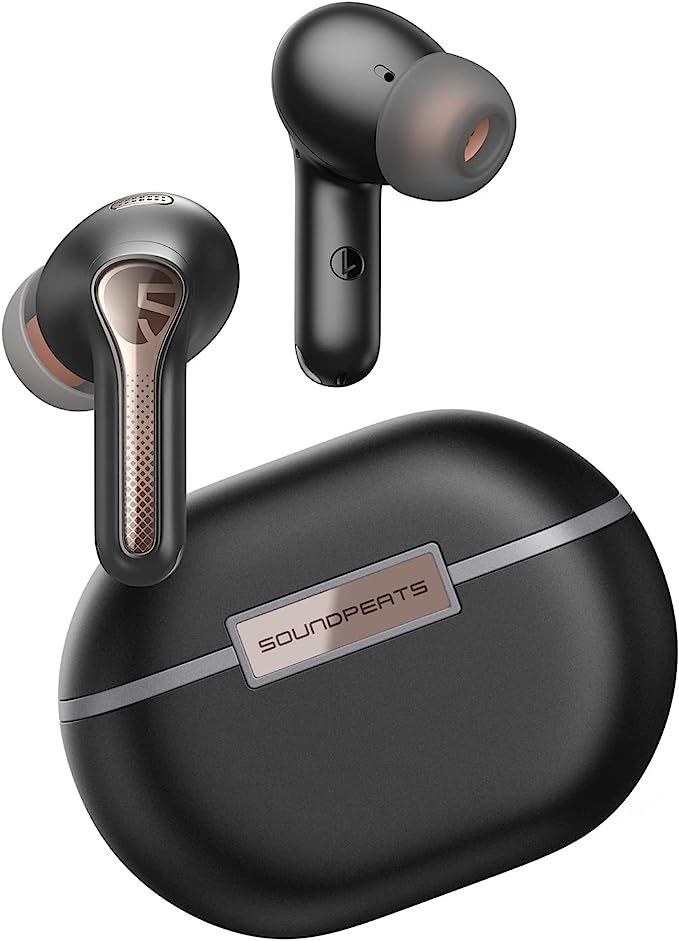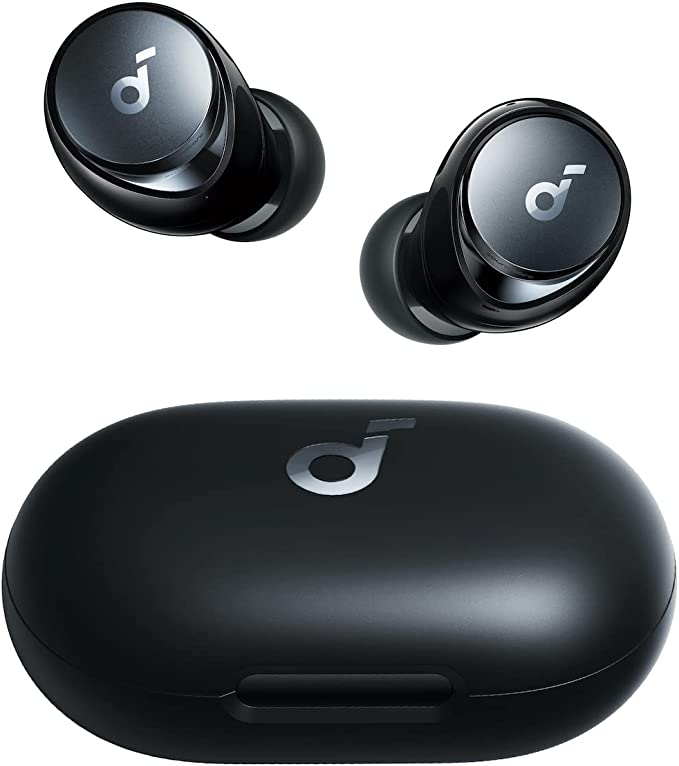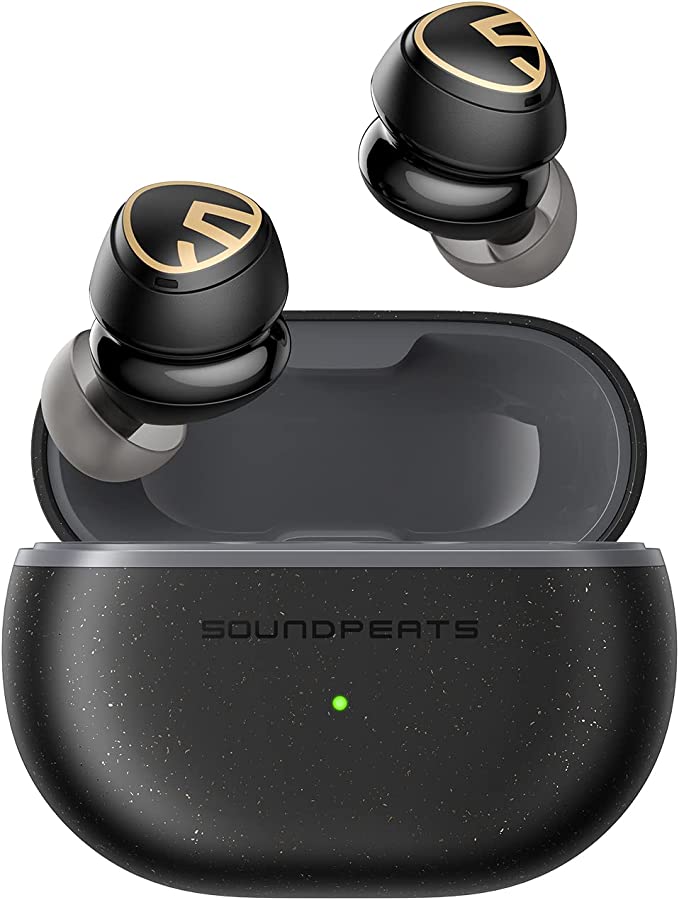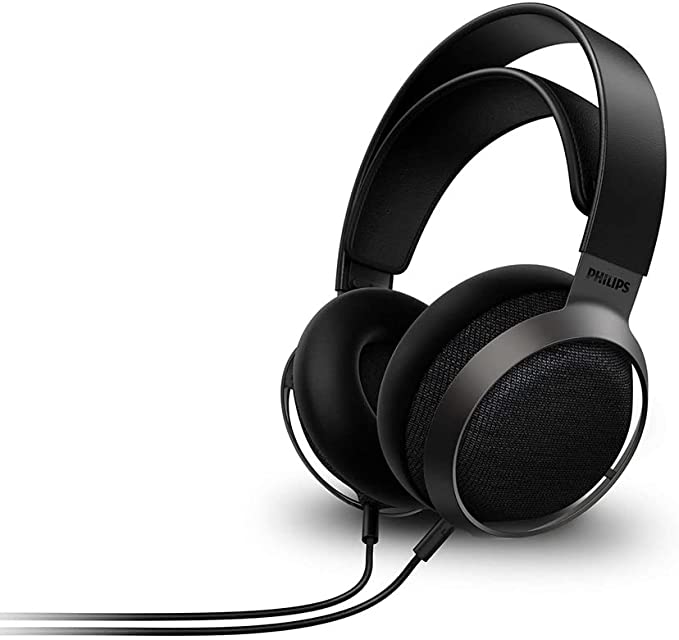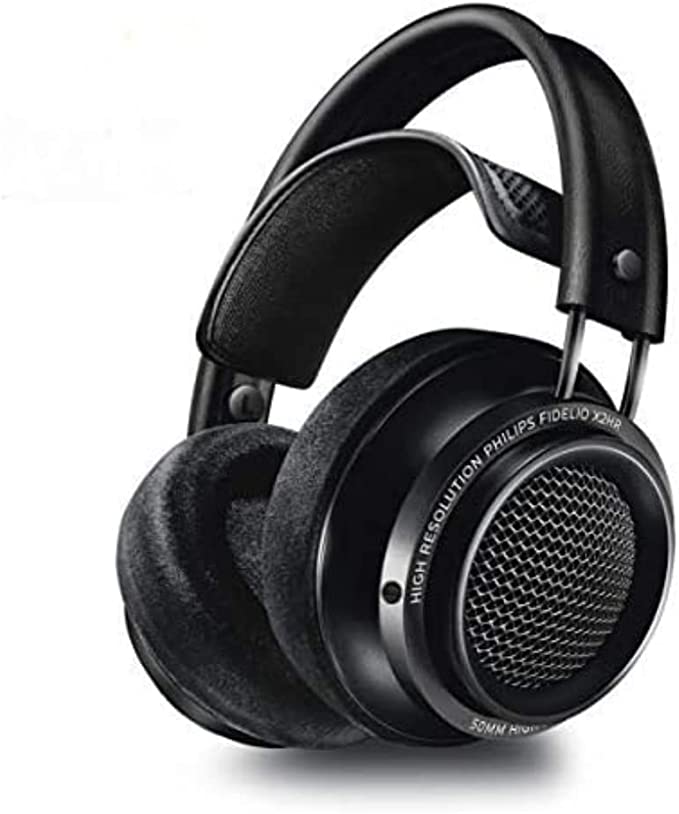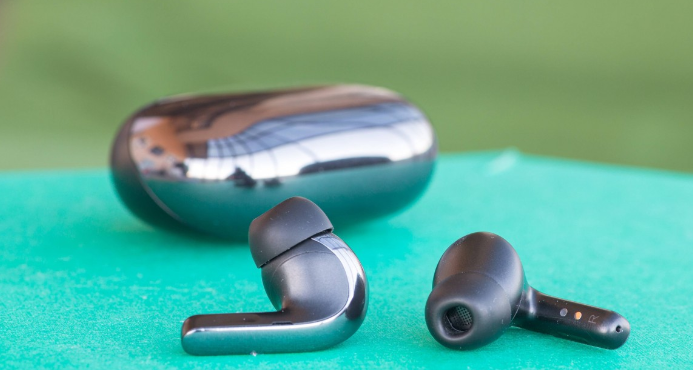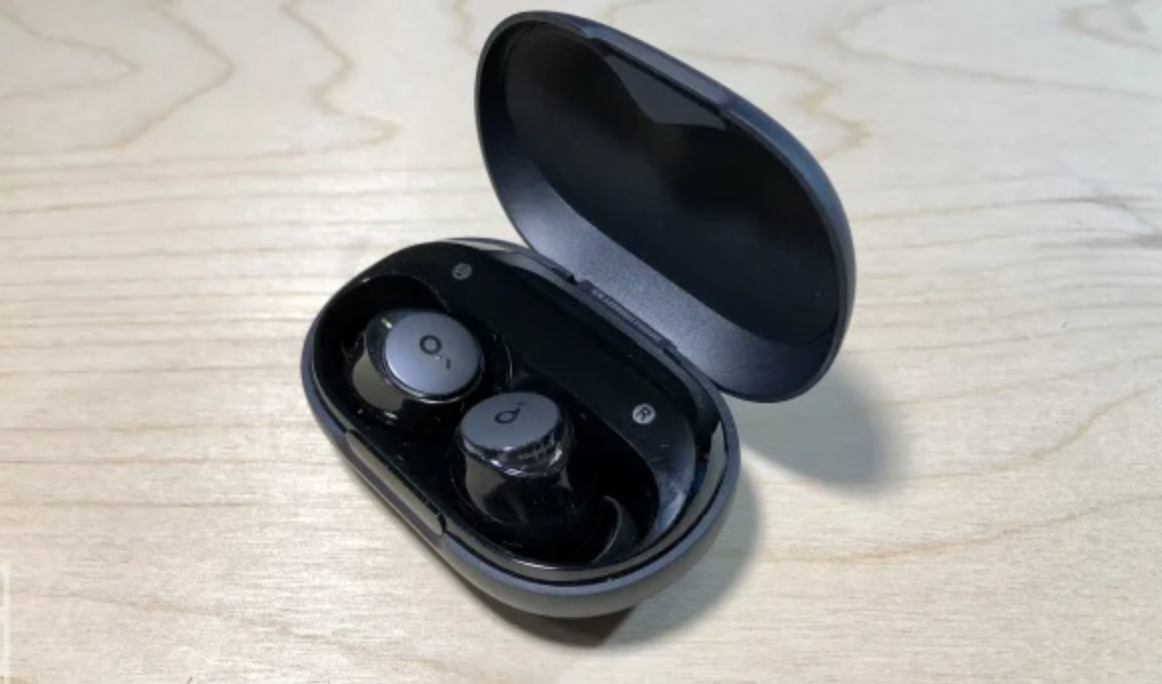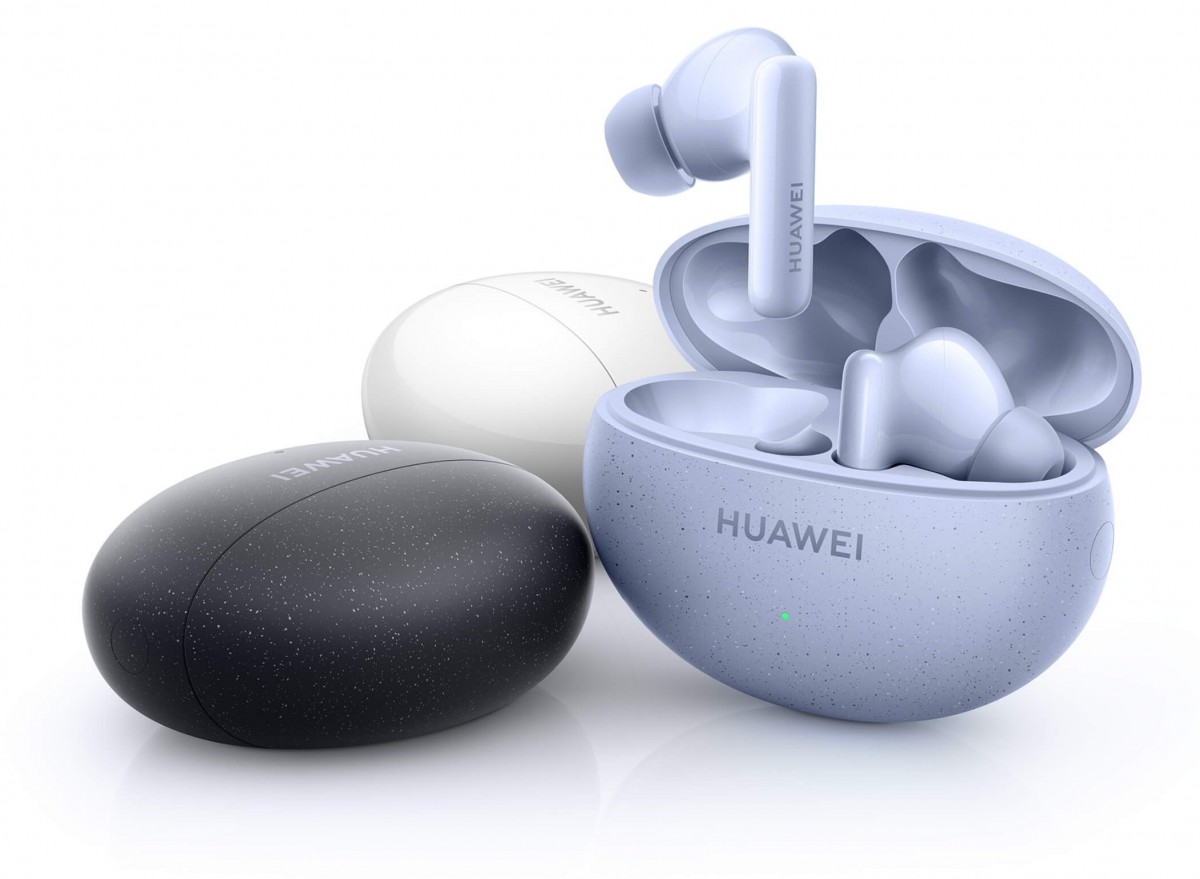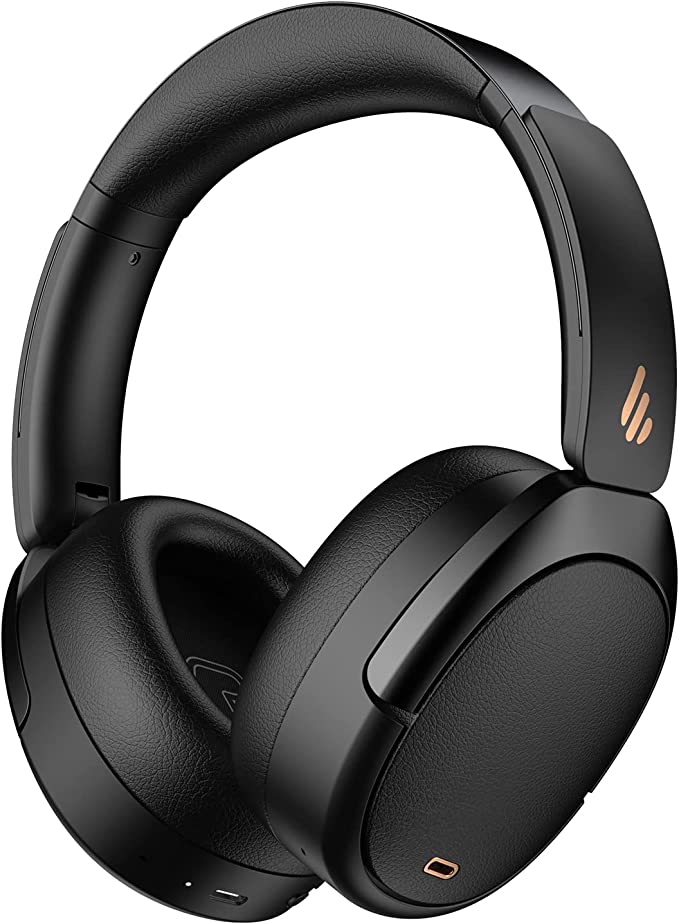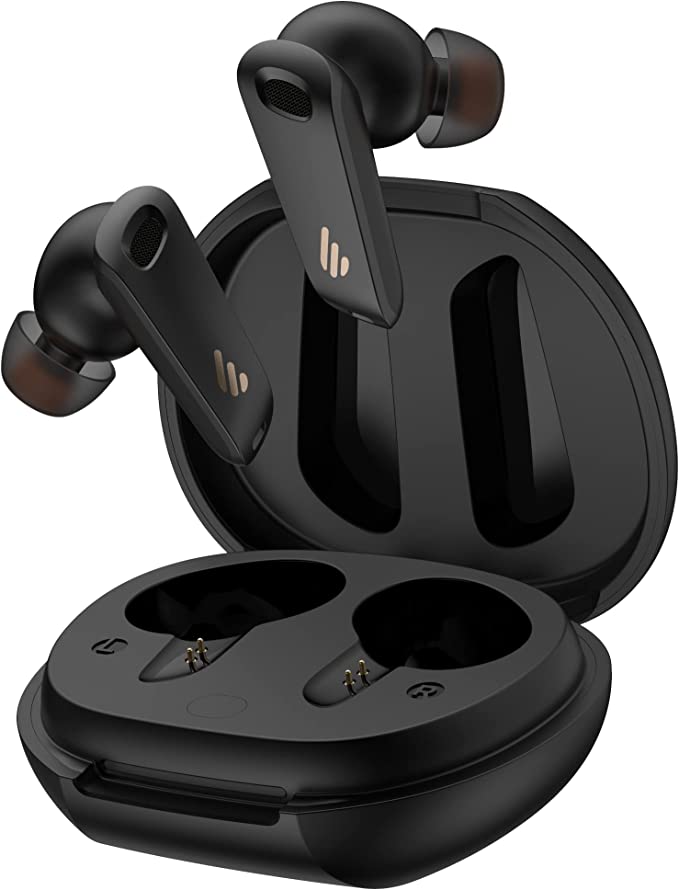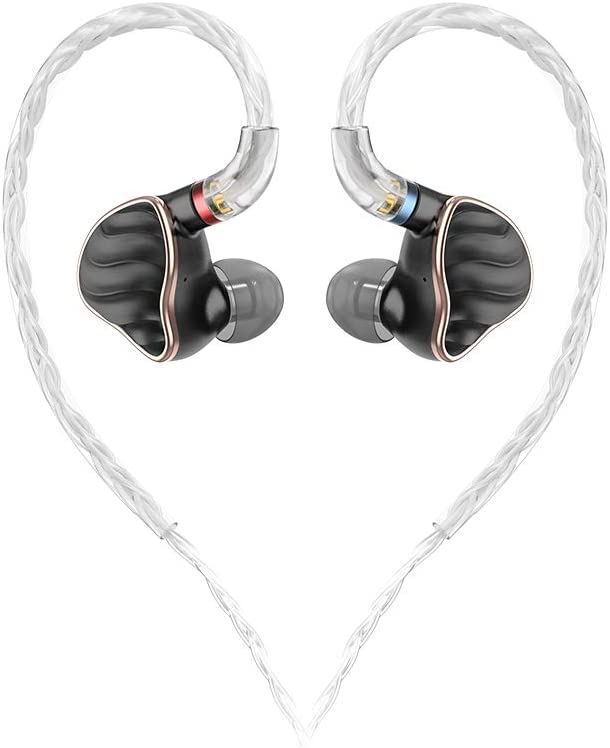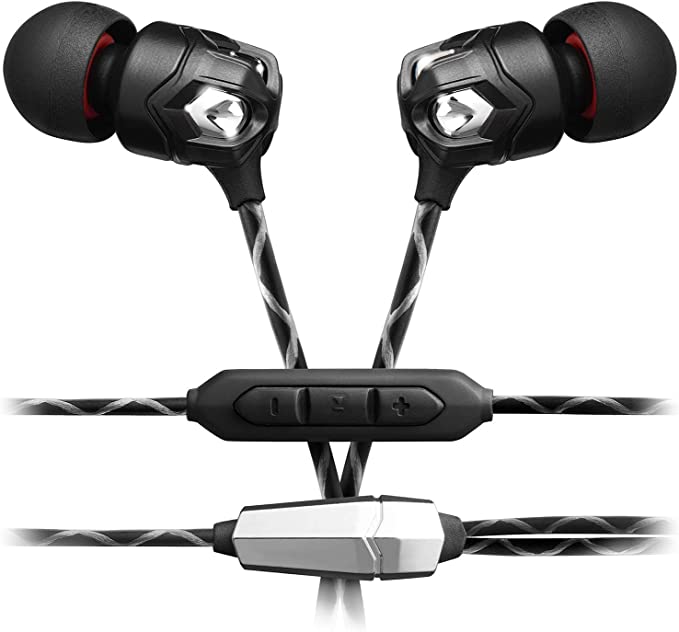The "Studio Sound" Revolution: Are Pro Headphones Now for Everyone?
Update on Nov. 14, 2025, 10:09 p.m.
Have you ever wondered why music can sound drastically different when heard in a professional recording studio versus on the consumer earbuds you use every day? The secret lies in a different philosophy of sound reproduction. While most consumer headphones are designed to make music sound “fun”—often by boosting the bass and treble—studio monitor headphones have a single, uncompromising goal: to tell the truth.
For decades, this world of truthful, uncolored audio was the exclusive domain of sound engineers and artists, requiring equipment with a prohibitively high price tag. But that barrier is beginning to crumble. A new wave of “prosumer” headphones is emerging, promising the core tenets of professional monitoring at a fraction of the cost. A compelling example of this trend is the OneOdio Monitor 60, a wired, over-ear headphone that boasts a Hi-Res Audio certification and specifications once reserved for the studio elite.
This isn’t just about one product. It’s about a fundamental shift in the market. Let’s decode what “studio sound” really means, explore the technology that makes it possible, and understand the trade-offs involved in bringing this level of audio fidelity to a wider audience.

Pillar 1: The Pursuit of Purity – Decoding Audio Fidelity
The heart of a studio headphone is its commitment to accuracy. The goal is to hear a recording exactly as it was mixed, without any artificial enhancement. This philosophy is built on several key technological pillars.
The Hi-Res Audio Benchmark
The “Hi-Res Audio” logo isn’t just a sticker; it’s a certification indicating that a device can reproduce frequencies up to 40,000 Hz (40 kHz). Standard CDs and most consumer headphones top out at around 20,000 Hz, which is the general limit of human hearing. So why go higher? Because those ultrasonic frequencies, while not directly audible, can contain harmonics and overtones that interact with the audible spectrum, contributing to a sense of airiness, detail, and realism in the sound. For a mixing engineer or a critical listener, the ability of headphones like the Monitor 60 to reproduce this extended frequency range (20 Hz–40 kHz) is crucial for hearing every subtle nuance of a recording.
The Power of the 50mm Driver
Inside every headphone earcup is a driver, a miniature speaker responsible for converting electrical signals into sound. The OneOdio Monitor 60 uses large, 50mm dynamic drivers. In the context of studio monitoring, size matters. A larger diaphragm can move more air with less effort, which translates to two key advantages:
- Accurate Bass Response: It can reproduce low frequencies with greater control and less distortion. Instead of a boomy, overwhelming bass, you get a tight, detailed low end that lets you clearly distinguish a kick drum from a bass guitar.
- Superior Soundstage: It creates a more spacious and three-dimensional sound field. This allows a producer to accurately place instruments in the stereo mix—the vocals in the center, the guitars panned to the sides, the drums feeling both wide and deep.
The “Flat” Response: Hearing the Truth
Perhaps the most defining characteristic of a studio monitor is its pursuit of a “flat” frequency response. This means it aims to reproduce all frequencies, from the lowest bass to the highest treble, at an equal volume. It doesn’t add its own “flavor” to the music. While this might sound less “exciting” than a bass-boosted consumer headphone at first, its value is immeasurable for creators. It ensures that a mix will translate well to other systems; if it sounds good on flat, accurate headphones, it will likely sound good anywhere.

Pillar 2: The Unbreakable Link – The Case for Wired Connectivity
In a world dominated by wireless technology, professional studios remain firmly tethered by cables. There’s a simple reason for this: reliability.
Zero Latency, Maximum Quality
Wired connections offer two non-negotiable benefits for audio creation:
- Zero Latency: When recording vocals or playing an instrument while monitoring yourself, even a millisecond of delay between your action and what you hear can be disorienting. A wired connection transmits audio instantly, eliminating this lag.
- Uncompressed Signal: Bluetooth, for all its convenience, relies on audio compression (codecs) to transmit sound wirelessly. A physical cable transmits the full, uncompressed audio signal from the source, ensuring there is absolutely no loss of data or quality.
The OneOdio Monitor 60 embraces this professional ethos by being a strictly wired headphone. Its versatility is showcased in its inclusion of three distinct cables: a coiled 3.5mm-to-6.35mm cable for connecting to professional gear like audio interfaces and DJ mixers, a long 3.5mm cable for home TV or computer use, and a shorter 3.5mm cable with a built-in microphone for everyday convenience. This thoughtful package acknowledges its dual role in both the studio and the home.
The Impedance Sweet Spot
The Monitor 60 has an impedance of 38 ohms (Ω). This is a deliberately chosen “sweet spot.” It’s low enough that the headphones can be easily powered by a laptop, tablet, or phone, but it’s also robust enough to handle the higher power output from a dedicated headphone amplifier or mixing console without distortion. This makes it an incredibly versatile tool for the modern prosumer who might be mixing a track on their audio interface one moment and taking a call on their laptop the next.

Pillar 3: The Prosumer Compromise – Where Performance Meets Price
So, how is it possible to offer Hi-Res certified, 50mm drivers and studio-grade accuracy at a price point that is accessible to almost everyone? The answer lies in the art of the compromise.
To deliver exceptional audio performance while keeping costs down, manufacturers must make strategic decisions about where to allocate their budget. Based on extensive user feedback, the primary trade-off in many budget-friendly studio headphones, including some reports on the Monitor 60, often lies in the physical construction. While the audio components are high-quality, the structural elements, such as the hinges that connect the earcups to the headband, may be made of plastic rather than the more durable metal found on premium models.
This is not necessarily a flaw, but rather a transparent choice. The engineering focus is squarely on the sound. For users who treat their gear with care and primarily use it in a home or studio environment, this compromise is often well worth it. It provides an entry point into a level of audio fidelity that was previously unattainable without a significant financial investment. However, it does mean that durability under heavy, portable use might not match that of headphones costing three or four times as much. Understanding this trade-off is key to making an informed purchase.

Conclusion: The Democratization of True Sound
The emergence of high-performance, budget-friendly monitor headphones marks a significant and exciting shift in the audio landscape. The “studio sound”—once an exclusive language spoken only by professionals—is being democratized, empowering a new generation of creators and helping music lovers hear their favorite tracks with newfound clarity.
The OneOdio Monitor 60 stands as a testament to this revolution. It demonstrates that the core principles of professional audio—accuracy, detail, and a faithful representation of the original recording—are no longer out of reach. By prioritizing sonic performance and versatile connectivity, it offers a tangible taste of the studio experience.
For anyone looking to take their first serious step into critical listening, home recording, or mixing, understanding the philosophy behind these tools is paramount. When you see “studio monitor” on a headphone box, think of it not just as a feature, but as a promise: a promise to deliver the sound as it was intended to be heard. And in an age of accessible technology, that is a promise now available to everyone.

